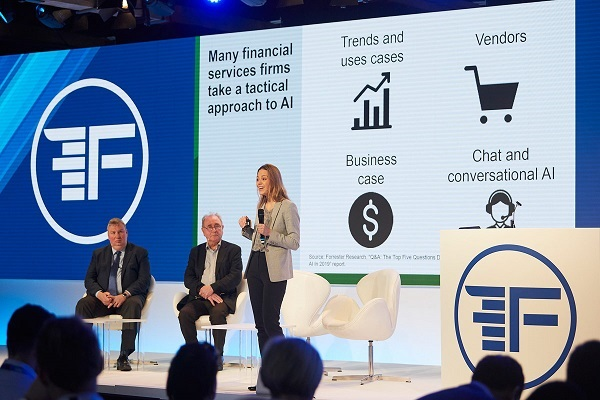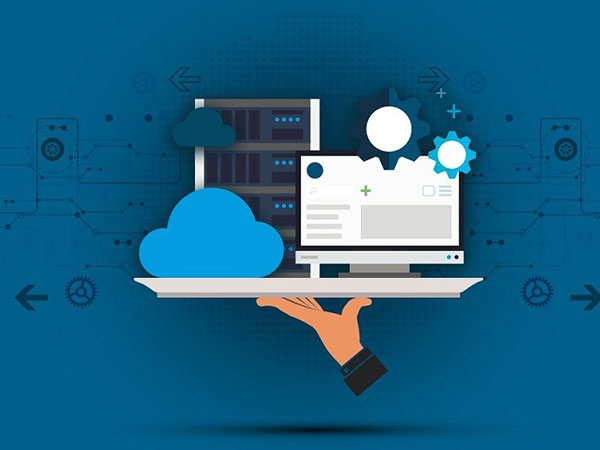There are very few financial firms that fully understand the value of their data. The information captured and stored by days/months/years worth of data is worth its weight in gold. It’s so valuable, in fact, that data breaches are often the target of hackers, looking to gain a ransom. Worst case, this sensitive information can be deleted by hackers, and prompt the need for emergency, professional recovery in order to have access to the previously existing, invaluable data.
Realizing the potential financial value found in your data has a multitude of benefits (and not just for hackers). Only recently has it become possible to gather such fine-grained information about costs, profits, operations, and customer behavior, and use them for company gain.
Simply put, data monetization is utilizing data to it’s utmost potential to turn it into currency. To properly accomplish this as a company, one must dedicate much time and effort into analyzing varieties of data and pursuing potential markets. The ability to monetize data effectively can be a competitive advantage in the digital economy to increase and manage business cash flow.
There are three major approaches that businesses use to monetize their data.
Upgrade Internal Business Procedures
Using data to ensure the operational processes with the business are improving is crucial.
1. Stop revenue leaks
Using elementary systematics, companies can identify patterns associated with the codes and procedures so client/patient invoices can be flagged for potential errors or false charges. This also helps businesses improve their ROI (return on investment) collections; in other words, this identifies the right person to contact, a responsive channel, and the time a contact will likely produce positive results.
2. Embrace a new business model
Growing businesses evolve, and there is always enough room for improvement. Big names like Uber, Facebook, and Amazon are constantly revising their business models to stay ahead of the competition, bringing about relevance and a source for new revenue.
Wrap the product
This is a creative task in which companies will closely research the problems their customers are experiencing, and find ways to solve these problems with data and analytics.
1. Infer customer satisfaction
It isn’t uncommon for businesses to use surveys and social media to gain a firmer understanding of their level of customer satisfaction. They crosscheck the data from a variety of sources to conclude a satisfaction level based on a set list of product factors.
2. Minimize churn
The churn rate, also known as the rate of attrition, is the percentage of subscribers to a service who discontinue their subscriptions to that service within a given time period. For a while companies used a narrow set of data to determine how they can best serve their customers. Now companies have compiled a full-bodied approach of incorporating the data with more intelligent tools, and data science to determine when customers will likely churn, why they are likely to churn, and what the company should do to preempt it.
Selling information
Many businesses believe that their data holds inherent value, and can become a gateway to new revenue. Selling data can be profitable, but is heavily cautioned as the hardest way to monetize data mainly because it requires a unique business model that many companies do not have set up yet.
1. Rethink value
Companies hold a unique selling proposition that will inevitably change over time, if it hasn’t already. More businesses are running on software, and in turn, more of them will see their data assets expand. This is a playground to reimagine the value provided to customers, and continue their value chain.
2. Detect fraud and piracy
Online retailers use a variety of sites to sell, often including Amazon, eBay, and other online marketplaces maintained by very large storefronts such as Walmart and Best Buy. This process is very data intensive because the pricing, products, and customer types often vary across channels. Sometimes the price variations are so significant they signal potential fraud or piracy.
Many companies still don’t think of their data as an asset they can monetize. They’re overlooking an opportunity in plain sight. Not only can they make better use of their data to enhance products and services for current clients, but new technologies now allow them to take the next step and combine their data with external data.





















![7 data-driven ways to optimize your online store for mobile [Infographic]](https://crayondata.ai/wp-content/uploads/2019/11/optimize-1.jpg)


![Top tips and tricks to improving your customer experience [Infographic]](https://crayondata.ai/wp-content/uploads/2019/01/customer-journey-1.jpg)